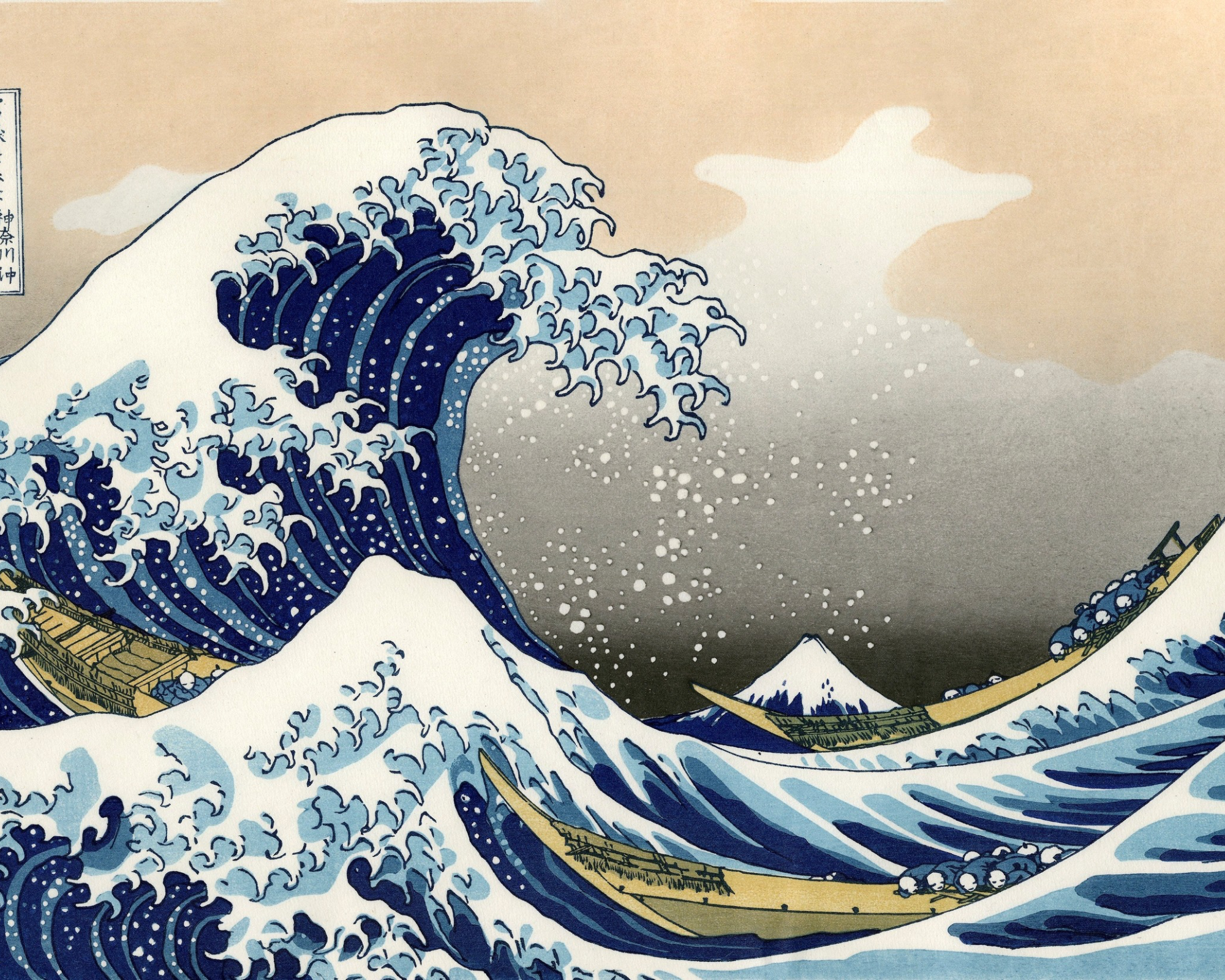Kogyo Tsukioka: The Master of Noh Drama in Japanese Art

Kogyo Tsukioka (1869–1927) is celebrated for his stunning depictions of Noh theater, a classical form of Japanese performing arts. His works, which capture the elegance, mystique, and emotional depth of Noh performances, are a visual tribute to one of Japan’s most enduring cultural traditions. Kogyo’s artistry reflects his deep appreciation for Noh and its timeless connection to Japanese aesthetics.
The Life and Artistic Journey of Kogyo Tsukioka
Kogyo Tsukioka was born in Tokyo as the adopted son of the famous painter Tsukioka Yoshitoshi, one of the last great masters of ukiyo-e (woodblock prints). Under Yoshitoshi’s guidance, Kogyo honed his skills as an artist, inheriting his adoptive father’s passion for storytelling and traditional art forms.
While Yoshitoshi focused on dramatic historical and supernatural themes, Kogyo found his inspiration in the refined world of Noh theater. Immersing himself in this ancient art form, he dedicated much of his career to creating prints that documented its performances, costumes, and settings. His works offer a glimpse into the beauty and spirituality of Noh, preserving it for future generations.
Kogyo Tsukioka’s Artistic Style and Techniques
Kogyo’s art is distinguished by its delicate details, vibrant colors, and ability to convey the ethereal quality of Noh performances.
Dynamic Composition: Kogyo’s prints often depict actors mid-performance, capturing the flowing movements of their gestures and the drama of the moment. His ability to freeze these fleeting scenes gives his work a sense of immediacy and life.
Attention to Costume and Mask Details: One of Kogyo’s hallmarks is his meticulous depiction of Noh costumes and masks. The elaborate embroidery, symbolic patterns, and subtle expressions of the masks are rendered with precision, emphasizing their significance in the performance.
Subtle Backgrounds: Unlike the ornate backdrops seen in some Japanese prints, Kogyo often employed minimalist settings, allowing the focus to remain on the performers. This technique enhances the dreamlike atmosphere of Noh and underscores its spiritual essence.
Themes in Kogyo Tsukioka’s Art
Noh Theater: Kogyo’s works primarily depict scenes from Noh plays, capturing iconic characters, dramatic moments, and symbolic gestures. His series Nōgaku Zue (Illustrations of Noh Drama) is considered a definitive visual record of the art form.
Elegance and Spirituality: Noh is deeply rooted in Japanese spirituality, blending Shinto and Buddhist elements with theatrical expression. Kogyo’s prints reflect this fusion, portraying not only the physical beauty of Noh but also its deeper, meditative qualities.
Cultural Preservation: Through his art, Kogyo sought to preserve the tradition of Noh, which was facing challenges during the modernization of Japan. His prints serve as historical records of costumes, masks, and staging from the Meiji and Taishō periods.
Iconic Works
Nōgaku Zue (Illustrations of Noh Drama): This series, consisting of over 500 prints, is Kogyo’s magnum opus. Each print portrays a scene from a specific Noh play, complete with detailed depictions of costumes, masks, and actors.
The Spirits of Noh: In this print, Kogyo captures a ghostly figure in a haunting Noh performance. The use of pale colors and soft lines evokes an ethereal quality, emphasizing the play’s supernatural themes.
Shite and Waki in Harmony: This piece depicts two Noh performers, the shite (main actor) and waki (supporting actor), engaged in a synchronized dance. The flowing movements and rich costume details showcase Kogyo’s mastery of composition and storytelling.
Global Recognition and Influence
Kogyo’s works gained appreciation both in Japan and abroad for their artistic merit and cultural significance. His prints were featured in exhibitions and collections, helping to introduce Noh theater to a global audience.
Today, Kogyo’s works are preserved in museums and private collections worldwide, including the British Museum and the Tokyo National Museum. His contributions to documenting Noh are invaluable, ensuring the art form’s appreciation and understanding beyond Japan.
Legacy and Impact
Kogyo Tsukioka’s dedication to Noh theater made him an essential figure in Japanese art history. His prints not only celebrate the beauty of Noh but also serve as a bridge between traditional and modern Japan. By documenting Noh during a time of rapid cultural change, Kogyo ensured its preservation for future generations.
His ability to capture the grace, emotion, and symbolism of Noh performances continues to inspire artists, historians, and theater enthusiasts. Kogyo’s work is a testament to the power of art to preserve cultural heritage and convey the profound beauty of tradition.
Kogyo Tsukioka’s art is a tribute to the timeless elegance of Noh theater. Through his meticulous attention to detail and deep understanding of the art form, he created works that transcend time, capturing the spiritual and aesthetic essence of Noh.
Kogyo’s legacy endures as a celebration of Japanese culture and a reminder of the beauty that lies in tradition. His prints are not only masterpieces of shin-hanga but also invaluable records of a performance art that continues to inspire and enchant audiences worldwide.